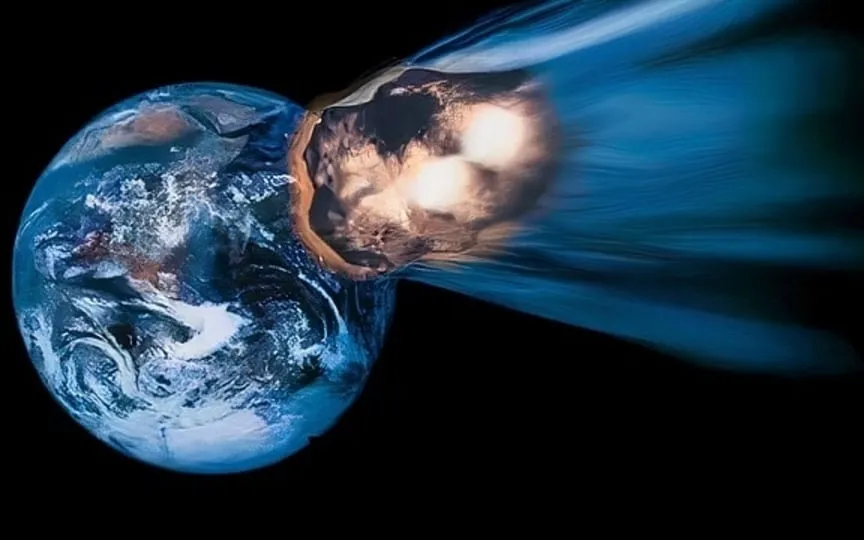Get the details of today’s close encounter as NASA announces Asteroid 2023 WZ3’s approach to Earth
Although these celestial objects are situated millions or even billions of kilometers away from our planet, specifically within the main asteroid belt positioned between the orbits of Mars and Jupiter, their paths occasionally bring them into close proximity with Earth. The investigation and comprehension of asteroids have been facilitated by spacecraft like Dawn, OSIRIS-REx, and Hayabusa2. Additionally, NASA has established various space telescopes and observatories, including the NEOWISE telescope, Atacama Large Millimeter/submillimeter Array (ALMA), Pans-STARRS1, Catalina Sky Survey, the Hubble Space Telescope, and the recently developed James Webb Space Telescope, which cost approximately $1 billion.
With such advanced technology, NASA has revealed that this is the case today, as an asteroid is expected to make a close pass by Earth today, January 11th. Know all about this close encounter.
Asteroid 2023 WZ3: Speed, Size and More
NASA’s Center for Near-Earth Object Studies (CNEOS) has named the asteroid Asteroid 2023 WZ3. This Near-Earth Asteroid (NEA) is expected to make its closest approach to the planet at a speed of about 14352 kilometers per hour. During its closest approach, it will pass the planet at a distance of about 6.1 million kilometers. It is important to note that although it has been called a near-Earth asteroid due to its close flyby distance, it is not expected to actually impact the planet.
It belongs to Apollo’s group of Near-Earth Asteroids, which are Earth-passing space rocks with semi-major axes larger than Earth’s. These asteroids are named after the huge 1862 Apollo asteroid discovered by German astronomer Karl Reinmuth in the 1930s.
How big is the asteroid?
According to NASA, asteroid 2023 WZ3 is about 115 feet across, making it almost the size of an airplane! That’s bigger than the Chelyabinsk asteroid that wreaked havoc in 2013, damaging more than 7,000 buildings and injuring nearly 1,000 people. Despite its size, the asteroid has not been called a potentially hazardous asteroid. Only celestial bodies longer than 492 feet that pass Earth closer than 7.5 million kilometers are defined as such.
According to NASA, asteroid 2023 WZ3 has passed Earth before. It first came close to Earth on May 15, 1970, when it passed within 73 million kilometers of the planet. After today, this Apollo group asteroid will fly past Earth on October 18, 2036, flying at a distance of about 68 million kilometers.




